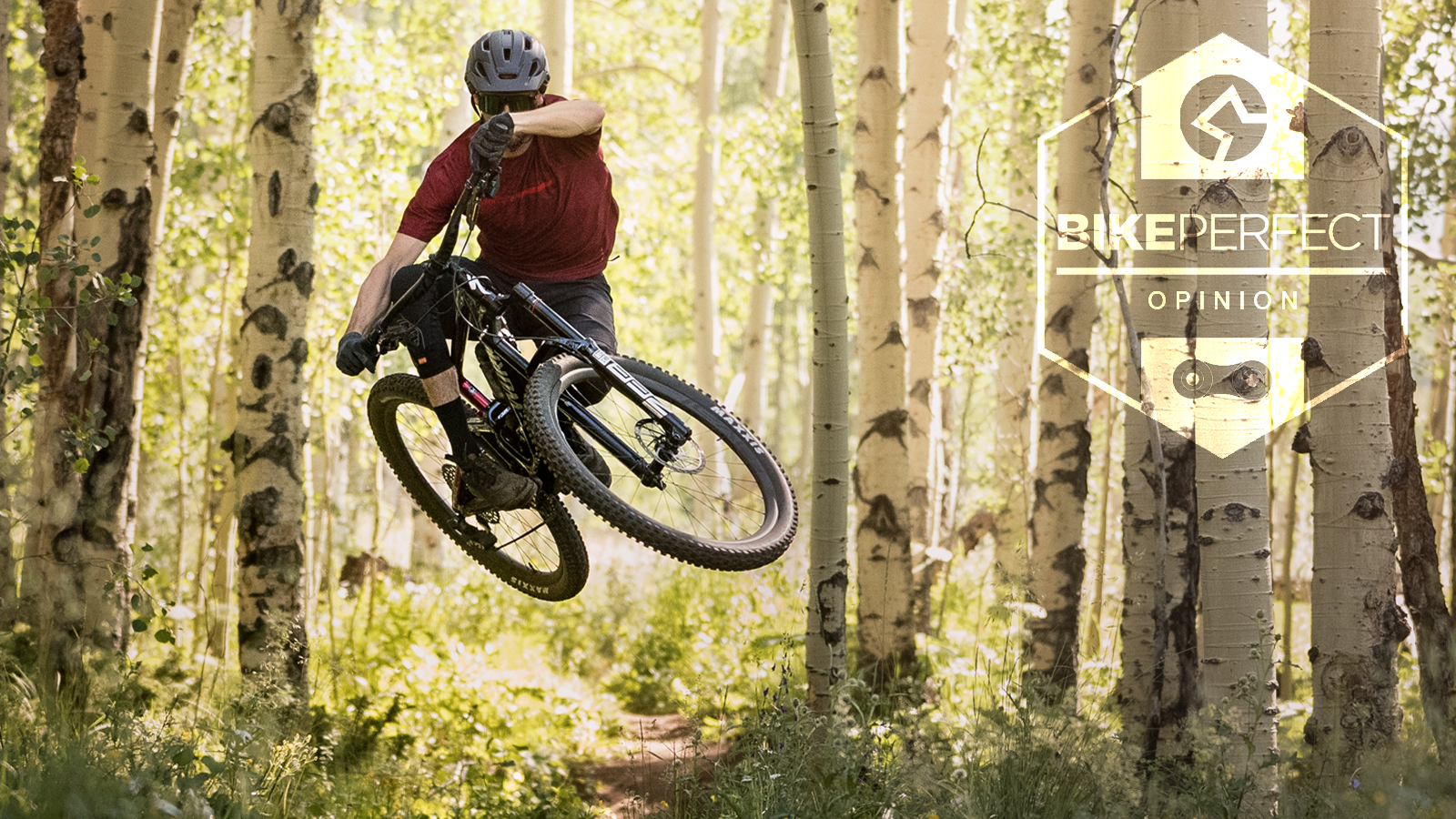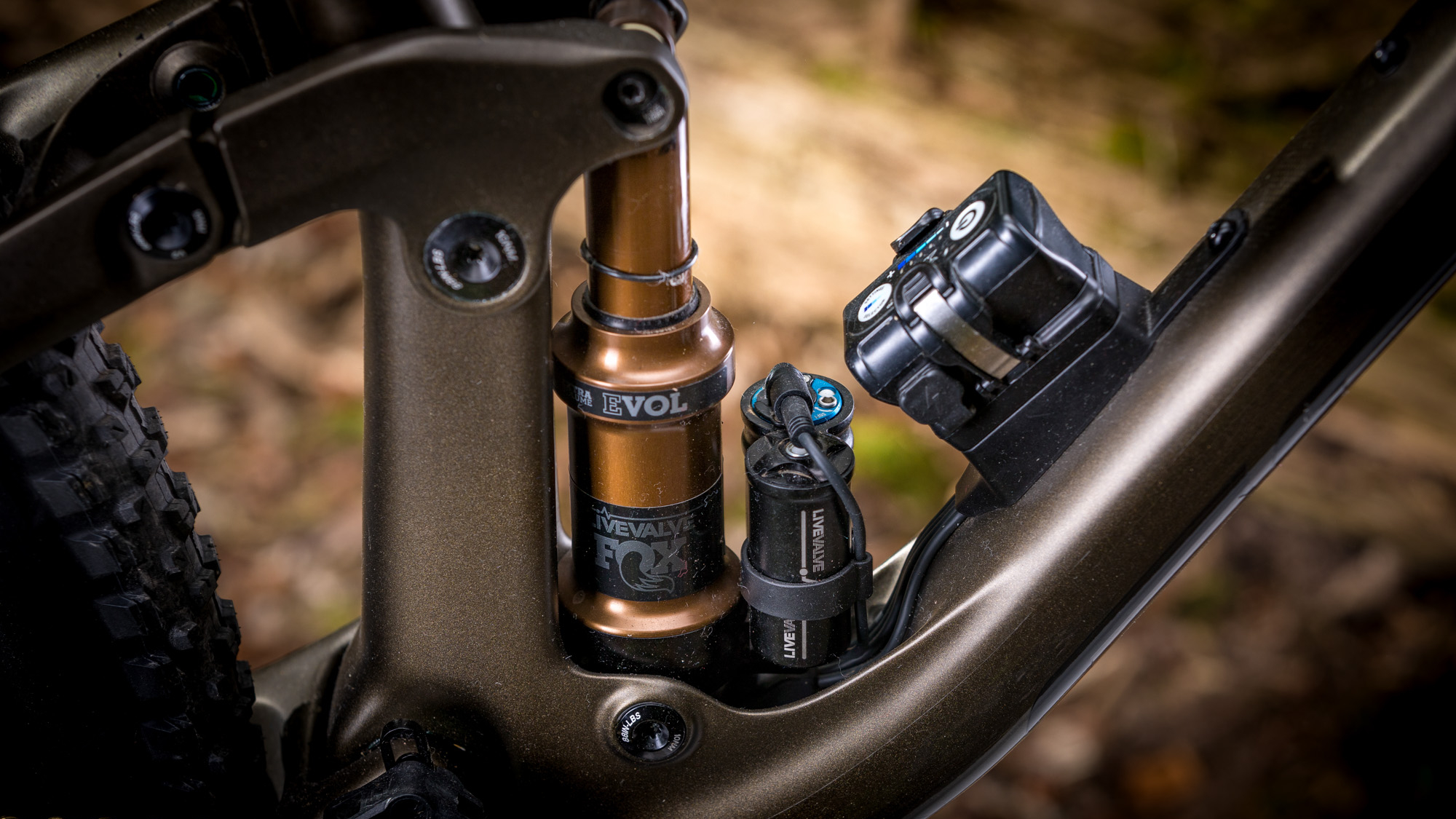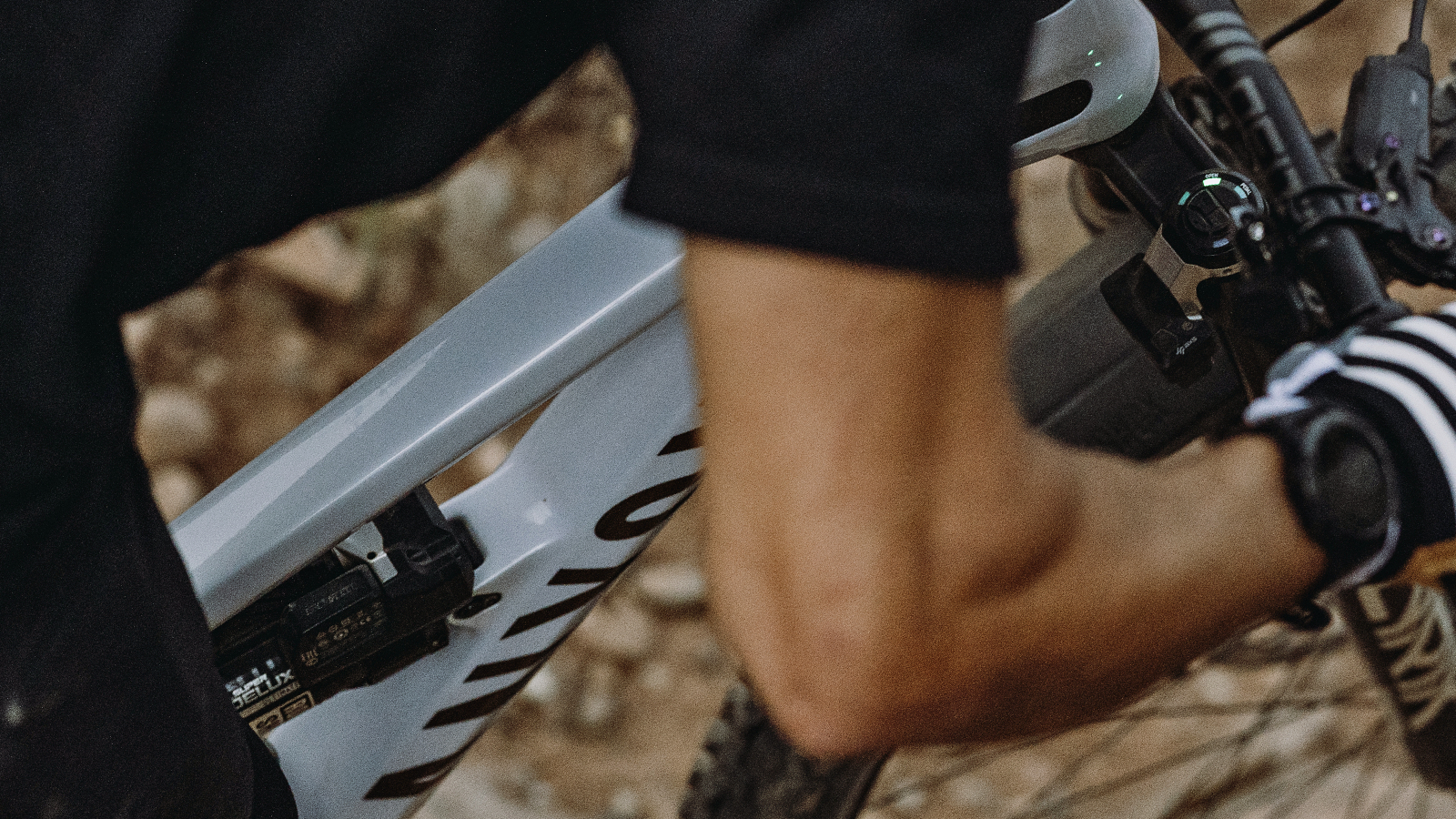Bespoken Word: Is mountain biking finally ready for take off with Flight Attendant?
Will RockShox’s new Flight Attendant system finally see the dirt world stop playing with its knobs and let autopilot take control? Guy Kesteven considers the history of smart suspension fails and why things might be different this time around

RockShox’s new Flight Attendant certainly isn’t the first ride tracking automatic suspension control system. It is the most comprehensively cognitive system though and crucially, it’s being born into an MTB world where electrical components are far more widely accepted. With the best mountain bike forks and shocks becoming more automated, integrated and now algorithmic - is the mountain biking world finally ready for take-off?
To throw it right back, people have been pushing pulsing diodes under my nose on bikes for almost as long as I’ve been testing. The guys from K2 had a Smart Shock black box on its custom Noleen forks and shocks back in the 90s, but to be honest I couldn’t tell if it was doing anything or not and the company's sheepish expressions suggested they couldn’t either. Cannondale had something called Simon that it was very excited about at Interbike for several years but I never saw it off the show stands and on an actual trail. While the combination of bump and bike angle measuring 3D accelerometers and motorized auto valving in Magura’s eLECT forks was a sign of things to come, I never saw any of those in real life either. Magura was also working with a UK engineer who was trying to develop a damper where electronic charge controlled the viscosity of the fluid itself rather than relying on shims and valves although I never saw that again after a quick ride around the local woods, in which it didn’t survive.
That meant the e:i system introduced by Lapierre and Haibike was the first system that got some actual traction on the trails. It was a really good system, too. Developed by a third-party tech company working with the two sibling bike brands, it used a crank-based cadence sensor, as well as load cells on the RockShox forks and shocks, to auto-adjust suspension settings to the current terrain every few milliseconds. Not only did it work for short tests, as long as the connectors were kept clean, it kept working, and I happily rode and raced an e:i-equipped XR race bike for several months without worrying about flicking a lever or tweaking a dial once. Despite being used by some prominent racers (who were also part of the development team) it didn’t catch on widely and soon Lapierre and Haibike were focusing the electric efforts on being the first manufacturers to really get behind powered bikes in a big way.
That left Fox to make the next big auto suspension solution when it finally released its Live Valve suspension system a few years ago. Unlike e:i and Flight Attendant, which has a crank/pedal load and angle measuring element, Live Valve uses only sensors on the fork, rear-wheel and mainframe together with pitch and yaw telemetry to change the damper settings. It’s also wired rather than wireless, so even with the recent Bosch E-bike integration, uptake has been limited and I’ve yet to actually see a Live Valve bike on the trails.

So why has there been so much resistance to electric auto dampers? After all, from what I’ve seen and from talking to people on the trail, most riders have at best a vague knowledge of how to set up their suspension and a lot of them are utterly clueless. Surely a computer that not only contains the accumulated wisdom from cumulative decades of work by professional suspension specialists (RockShox has been working on FA for seven years), but can apply it instantly, is a good thing. Even if it just removes the worry of getting halfway down a descent before realizing you’ve left the lockout or ‘pedal’ setting on from the previous climb it’s a worthwhile addition to reducing riding hassle. And if it makes that climb easier in the first place by stiffening suspension in relation to pedaling loads or bike tilt then even happier days. But the more recent systems are offering sentient suspension at a far smarter level than that to improve traction, control and pedaling efficiency on every part of the ride. And if you do have a Luke Skywalker moment on your Death Star attack run and want to ‘use the force’ you can switch Flight Attendant off from your existing AXS remote or tweak sensitivity via the Bias adjustment mode.
Given how many people will happily drop a couple of grand on a set of carbon wheels, the price differential doesn’t really make sense as a reason adoption has so far been limited either. Especially as ‘smart suspension’ potentially offers noticeable gains while most testers have gone on record saying the majority of alloy wheels perform exactly the same as carbon wheels for 25 per cent of the price. While the price differential is nowhere near as dramatic, people are happy to pay extra for Kashima coating on Fox suspension when I’ve never felt any tangible difference in performance between the gold shafts and black ones. I’ve not seen or experienced anything non-anecdotal that backs up the boosted longevity claims for its bullion-flavored kit either.
As it’s likely that flexing the extra spend is the real reason for going ‘Factory,’ having a few more boxes and blinking lights on your bike to show you’re rocking electro suspension is presumably a plus and not a problem to a lot of people. After all, I know for a fact that some riders using Shimano Di2 electric shifting are mostly into it for the R2D2-style chirping as it works through the ratios.

There’s also a growing trade in hop-up dampers and/or exotic shocks and forks from brands such as Push, EXT, Intend, etc., as well as a ton of plug-ins to existing kit that cost an absolute fortune. Even the best of these units will only unlock those final percentiles of performance if you know exactly how to tune them correctly. And even then, that tune is only as good as the accuracy of the inputs you perceive from the trail while you’re mostly preoccupied with trying to keep your bike on track. In contrast, Flight Attendant work with measured and calibrated inputs from accelerometers and gyroscopes that track wheels and bikes in 3D space for a very detailed dynamic picture. Interestingly, it’s not just robotically ruthless efficiency either, as RockShox employed a leading guitar effects pedal guru as one of the project leaders to master the sync between science and subjective, and engineer some emotion into the experience.
I guess that leaves reliability and fear of potentially exposed electronics on mountain bikes, but most of us regularly use and abuse electrical gear with far worse weatherproofing ratings than IPX7 as part of our biking life. And while they’re definitely not invulnerable to climate and crashes, it's hardly stopped e-bikes literally surging in popularity recently. And if we had to pick anyone to trust with a trail-proof wireless system then surely SRAM’s success with AXS (which the Flight Attendant system is fully integrated into, and can be controlled via) puts them in pole position?
In other words, while history says otherwise, we can see no obvious reasons why Flight Attendant and increased electronic automation won't become as normal in mountain biking as cruise control, automatic wipers and headlights are when we’re driving. It’ll certainly be interesting to see how the dirt world reacts to being told to stop touching their knobs this time around and with brands like Trek, Specialized, Canyon and YT already on board, it shouldn’t be long before we find out if RockShox flies or crashes.

Guy Kesteven has been working on Bike Perfect since its launch in 2019. He started writing and testing for bike mags in 1996. Since then he’s written several million words about several thousand test bikes and a ridiculous amount of riding gear. He’s also penned a handful of bike-related books and he reviews MTBs over on YouTube.
Current rides: Cervelo ZFS-5, Specialized Chisel, custom Nicolai enduro tandem, Landescape/Swallow custom gravel tandem
Height: 180cm
Weight: 69kg
